COMPLETE WHITETAIL WATERHOLE GUIDE
HABITAT IMPROVEMENT
6/6/20256 min read
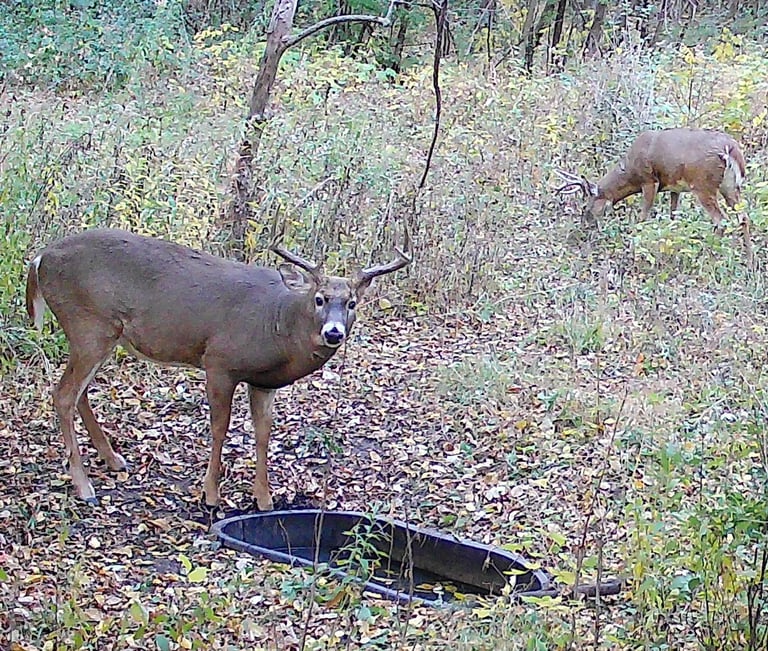

A waterhole is a phenomenal, low risk attraction that can increase your success in harvesting mature bucks if done correctly. In this article, you will learn why a waterhole is an incredible attraction, the best and worst locations, set-up guidelines, and everything else you need to know!
WHY Waterholes?
For starters, a waterhole is a great low risk attraction for whitetails. A properly established waterhole provides an opportunity for a quick stop at any point in the day, without a large risk to deer. Unlike a large food source, the limited pressure of a waterhole makes it a great attraction.
Waterholes are highly attractive during the hunting season. As rutting action increases, waterhole use increases as well. When bucks are putting on miles during the rut, a quick stop at a waterhole can quench their thirst.
Moreover, as fall progresses and green vegetation dies off, deer lose one of their main water sources. A strategically placed waterhole fills that void, meeting a critical need when options are fading.
Not to mention, waterholes are a phenomenal stand sweeter that can be used to draw deer into bow range! But proper location and setup are critical for optimal use. Follow this all-in-one whitetail waterhole guide to increase your hunting success for this fall and for years to come!
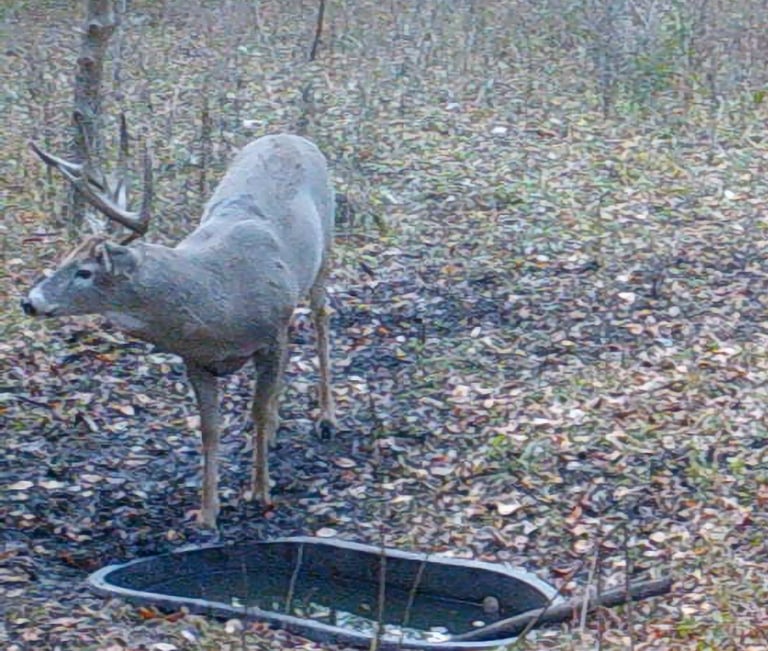

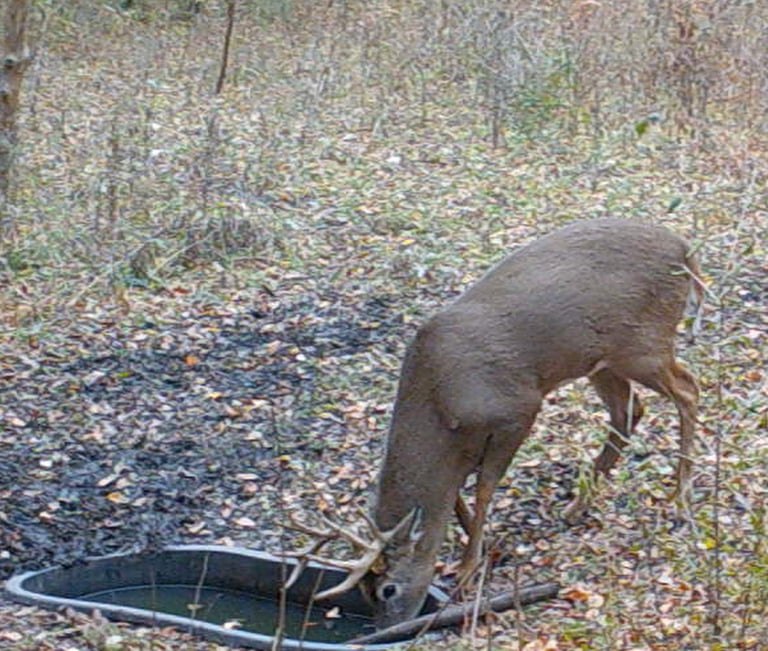

Locations:
A well-placed whitetail waterhole can be a game-changing, low-risk attraction for your hunting property, but placement is key. The best locations are as follows.
Between Bedding & Bedding: Ideal waterhole location for travel corridors. Mature bucks may stop for a drink at any time, especially during the pre-rut and rut when they are covering many miles searching for does.
Between Bedding & Food: A great, low-risk set up for a mature buck to hit before heading to their evening food source. Dependable and possibly patternable use makes this a great kill location.
NOT in a Food Source: It is critical to keep waterholes off food. Mixing a low risk waterhole attraction with a high risk food source cancels out the waterhole’s low risk value. Keeping them separate also increases stand location opportunities.
NOT in buck bedding: Installing a waterhole directly within a buck bedding area is a huge mistake. The increase of use in the area elevates social pressure and disturbs the security and seclusion of the bedding area. Mature bucks are especially sensitive to social pressure and will often abandon the area in search of less pressured habitat.
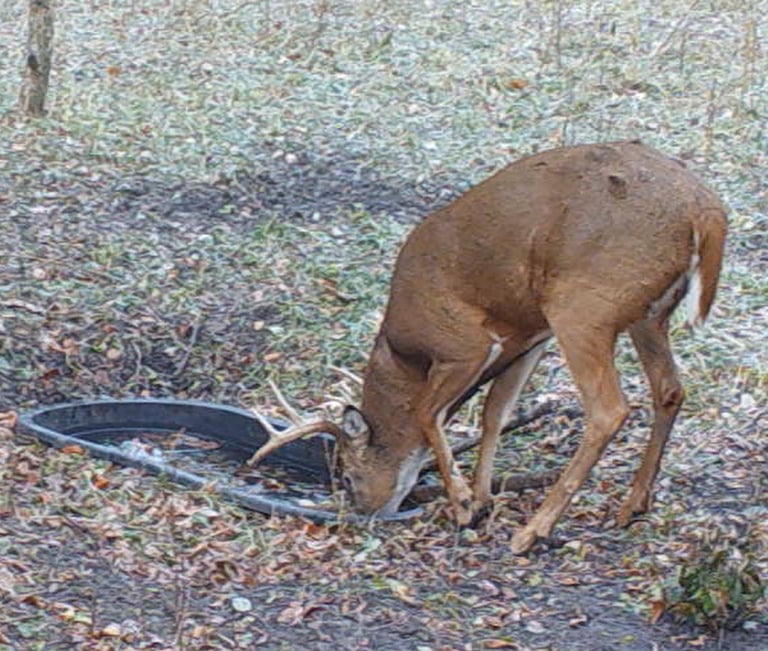

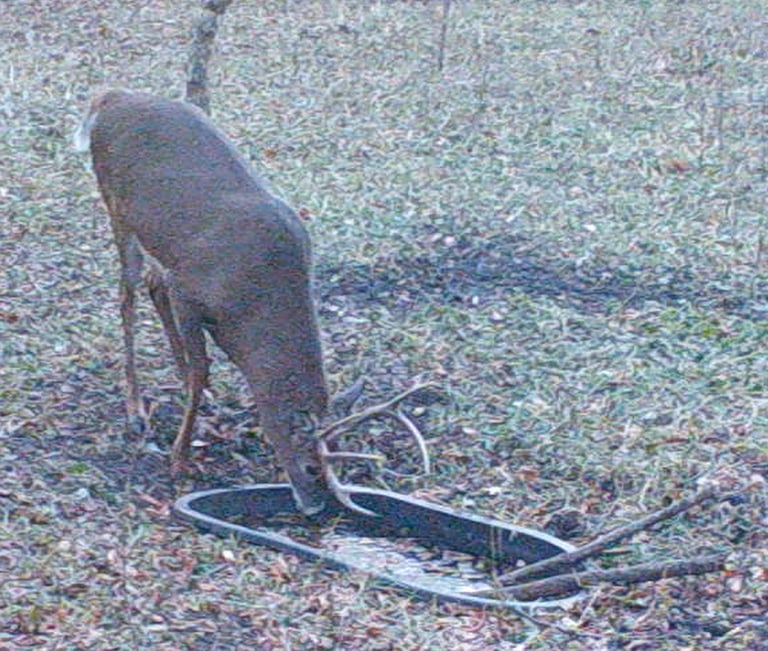

Set Up:
It is important to properly set up a waterhole to encourage optimal results and increase your whitetail hunting success! Follow these guidelines for maximal results.
Tank Size: 150-300 gallon Rubbermaid plastic stock tanks are best. Deer and other critters will consume roughly 100 gallons every three to four weeks with average rain conditions and average use. Generally, if a 300-gallon tank is filled in October, it will last throughout the entire hunting season. An empty tank can cause consistent, daily use to vanish completely. Not to mention, intruding to fill the tank leaves devastating effects on a mature buck's desire to use the area. Rubbermaid manufactures a great tank for about $300 that will likely never leak or crack. This model tank is only 25 inches deep which allows deer to get into the tank if necessary.
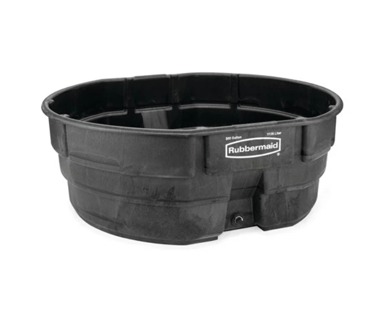

Critter Stick: An absolute essential to avoid dead critters rotting in the tank. A simple stick in the tank helps squirrels, rabbits, and other small animals escape, preventing tragic drownings and tank contamination. A dead animal in the tank requires it to be flushed and deep cleaned, so it's best to simply add a simple critter stick.
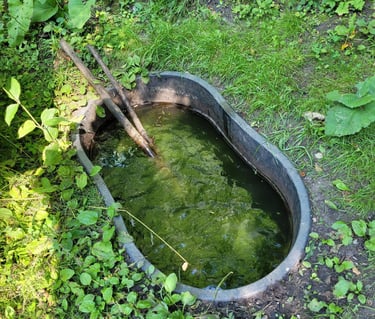

Shade: If possible, place the tank in partial shade. This helps reduce evaporation and keeps water available longer.
Tank Level: Waterhole tanks should be buried to ground level or slightly below for two reasons. For starters, it looks natural. A water hole that sits up above the ground looks unnatural, and it simply spooks deer. Does, fawns, and young bucks may use it, but a wary mature buck won't and will avoid the area (except possibly in a fantasy land state). Also, putting the tank slightly below ground level collects rainwater. The little extra that is collected will go a long way in extending the usage duration.


Bow Shot Opportunity: It is critical for all waterholes to be within bow distance of a stand location. Failure to do so results in missing out on a wonderful shot opportunity.
Hold the Soil: Planting grass around a waterhole will hold the soil and prevent erosion, further preventing the possibility of EHD midge.
Maintenance:
Each spring, it is best to rake out waterholes to remove excess leaves, mud, and other debris. It can also be beneficial to flush out the tank by overfilling it with water. It is important to note that deer prefer murky, dirty water, so never add any chemicals, fish or water treatments to your waterhole. While it might seem like you're improving the water quality, doing so creates an unnatural environment that can actually repel deer. Rather, mosquitoes, frogs and slightly smelly water is preferred because it is natural!
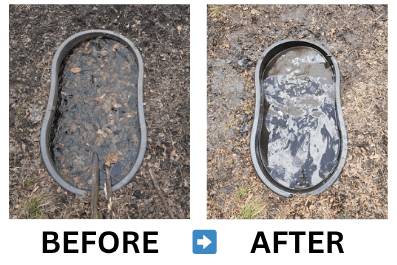

Existing Water:
It’s a common assumption that natural water sources, such as creeks, swamps, or lakes, negate the need for additional waterholes on a property. While these features are certainly important to consider when designing an optimal hunting property, there are several compelling reasons to incorporate strategically placed waterholes. Natural water sources tend to be large and scattered, with inconsistent deer access points. More importantly, they’re often located in areas that are either inaccessible or unsuitable for hunting. In rugged or steep terrain, deer prefer to move efficiently along elevation lines; they won’t go out of their way to drop into a valley just to reach water. By placing waterholes along their natural travel routes or near stand locations, you can influence movement and increase daylight activity.
Number of Waterholes:
The number of waterholes on a property plays a critical role in their overall effectiveness. While they are powerful attractants, placing too many across a parcel can actually reduce their value. When water sources are scattered without purpose, deer activity becomes diluted, and the ability to influence movement diminishes.
There’s no universal ratio of waterholes per acre. However, here are some general guidelines:
On a flat 40-acre parcel, 2 to 3 waterholes is often the maximum.
On 200 acres, 5 to 6 well-placed waterholes might be appropriate.
On a 500-acre property, consider up to 10, but only if each serves a clear strategic purpose.
Instead of focusing on quantity, focus on quality positioning. Thoughtful placement will always outperform sheer volume.
Kiddie Pools:
Avoid using kiddie pools for waterholes - just don’t use them. While they may seem like a convenient option, their wide surface area and shallow depth mean they hold very little water and evaporate quickly. As a result, their effectiveness is short-lived, requiring constant refills and offering minimal value to deer.
Conclusion:
A whitetail waterhole is a fantastic, low risk attraction that can increase your whitetail hunting success. When placed in the right location, especially just off key food sources, and set up properly, a waterhole becomes a reliable and strategic tool for influencing deer movement. While existing natural water sources should be factored into your planning, there are many good reasons to add well-placed waterholes to your property. Just be sure to use an appropriate number based on your acreage and terrain, and avoid ineffective options like kiddie pools. By following the guidelines laid out in this comprehensive whitetail waterhole guide, you’ll be setting yourself up for success for this fall and for years to come.
Copyright© 2025 WHITETAIL SYSTEMS AND SERVICES, LLC
